Select the option which is not correct with respect to enzyme action
Malonate is a competitive inhibitor of succinic dehydrogenase
Substrate binds with enzyme at its active site
Addition of lot of succinate does not reverse the inhibition of succinic dehydro- genase by malonate
A non-competitive inhibitor binds the enzyme at a site distinct from that which binds the substrate
To solve the question regarding enzyme action and identify the incorrect statement, we will analyze each option step by step.
1. Understanding Competitive Inhibition:
- The first statement claims that malonate is a competitive inhibitor of succinic dehydrogenase (SDH).
- In competitive inhibition, the inhibitor (malonate) competes with the substrate (succinate) for binding to the active site of the enzyme.
- Since malonate can bind to the active site of SDH, this statement is true.
2. Active Site Binding:
- The second statement asserts that the substrate binds with the enzyme at its active site.
- This is a fundamental concept in enzyme action where the substrate specifically binds to the active site of the enzyme to form an enzyme-substrate complex.
- Therefore, this statement is also true.
3. Effect of Increasing Substrate Concentration:
- The third statement states that the addition of a lot of succinate does not reverse the inhibition of succinic dehydrogenase by malonate.
- In competitive inhibition, increasing the concentration of the substrate (succinate) can overcome the effect of the inhibitor (malonate) because more substrate molecules can outcompete the inhibitor for the active site.
- Thus, this statement is false.
4. Non-Competitive Inhibition:
- The fourth statement describes non-competitive inhibitors, which bind to a site distinct from the active site, thereby inhibiting the enzyme's activity regardless of the substrate concentration.
- This statement is a correct description of non-competitive inhibition and is therefore true.
Conclusion:
The incorrect statement with respect to enzyme action is:
- Option 3: Addition of a lot of succinate does not reverse the inhibition of succinic dehydrogenase by malonate.
- The first statement claims that malonate is a competitive inhibitor of succinic dehydrogenase (SDH).
- In competitive inhibition, the inhibitor (malonate) competes with the substrate (succinate) for binding to the active site of the enzyme.
- Since malonate can bind to the active site of SDH, this statement is true.
- The second statement asserts that the substrate binds with the enzyme at its active site.
- This is a fundamental concept in enzyme action where the substrate specifically binds to the active site of the enzyme to form an enzyme-substrate complex.
- Therefore, this statement is also true.
- The third statement states that the addition of a lot of succinate does not reverse the inhibition of succinic dehydrogenase by malonate.
- In competitive inhibition, increasing the concentration of the substrate (succinate) can overcome the effect of the inhibitor (malonate) because more substrate molecules can outcompete the inhibitor for the active site.
- Thus, this statement is false.
- The fourth statement describes non-competitive inhibitors, which bind to a site distinct from the active site, thereby inhibiting the enzyme's activity regardless of the substrate concentration.
- This statement is a correct description of non-competitive inhibition and is therefore true.
The incorrect statement with respect to enzyme action is:
- Option 3: Addition of a lot of succinate does not reverse the inhibition of succinic dehydrogenase by malonate.
Topper's Solved these Questions
Similar Questions
Select the option that is correct with respect to Trypanosoma.
View SolutionSelect the option with the correct labeling
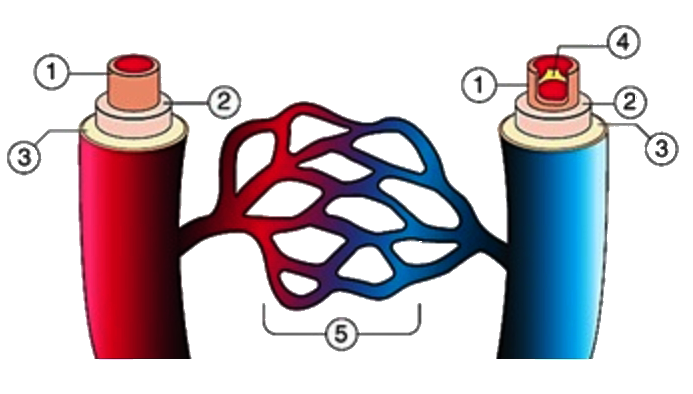 View Solution
View SolutionSelect the option with correct matching –
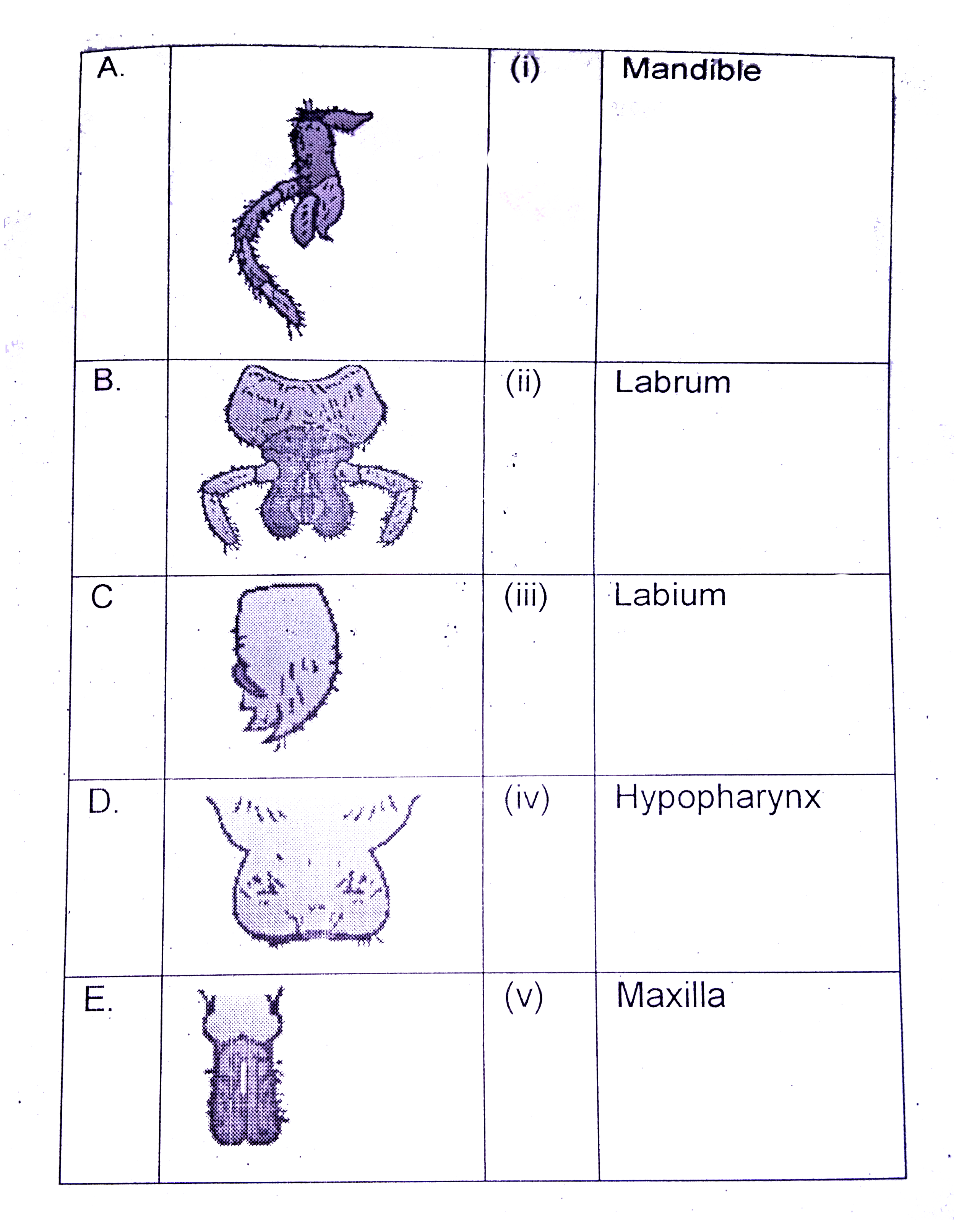 View Solution
View SolutionSelect the incorrect statement with respect to enzyme action .
View SolutionSelect the correct options
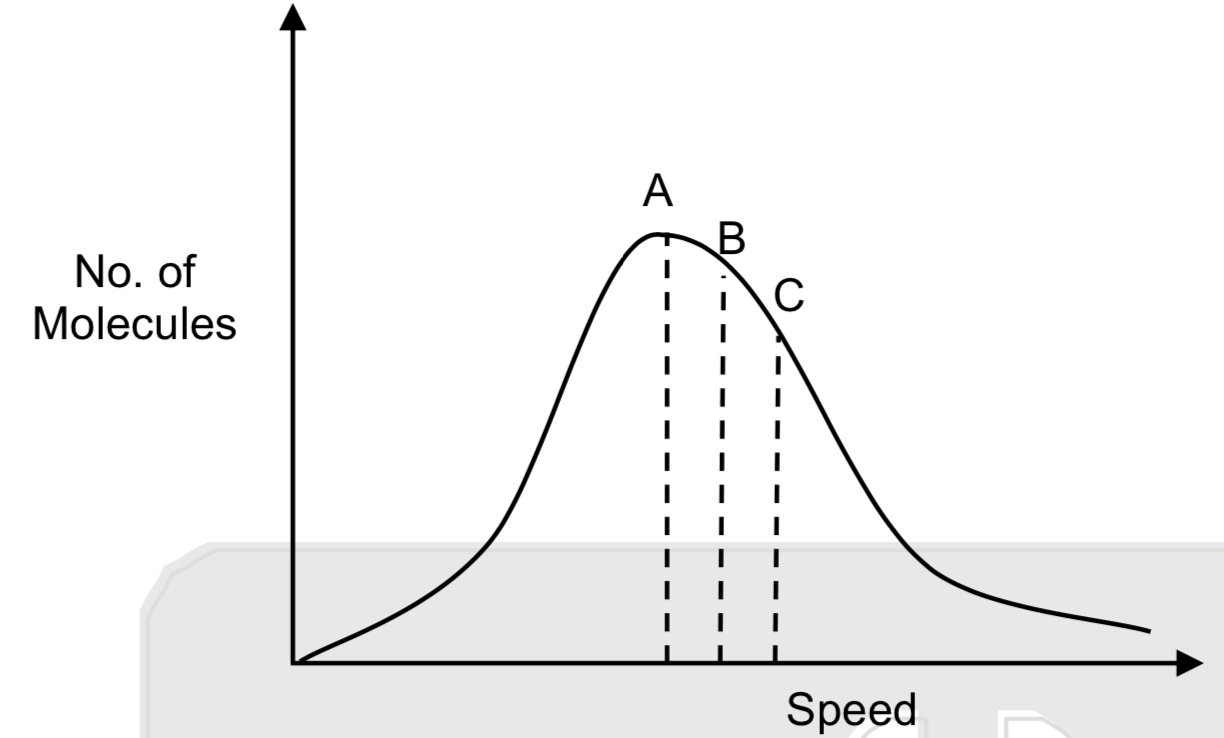 :View Solution
:View SolutionSelect the correct option
View SolutionSelect the correct option
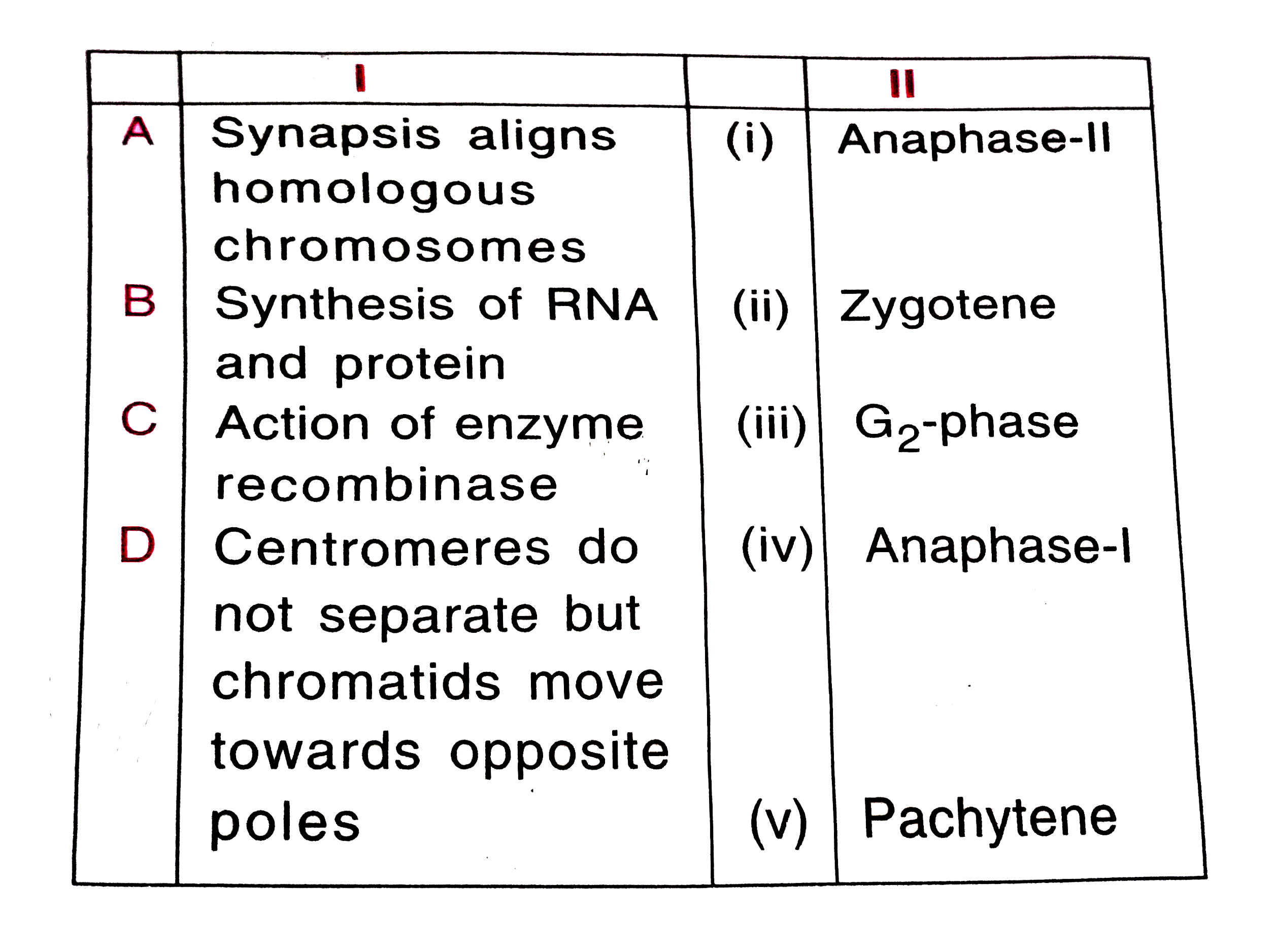 View Solution
View SolutionSelect the correct option
View SolutionSelect the correct option
View SolutionSelect the correct option
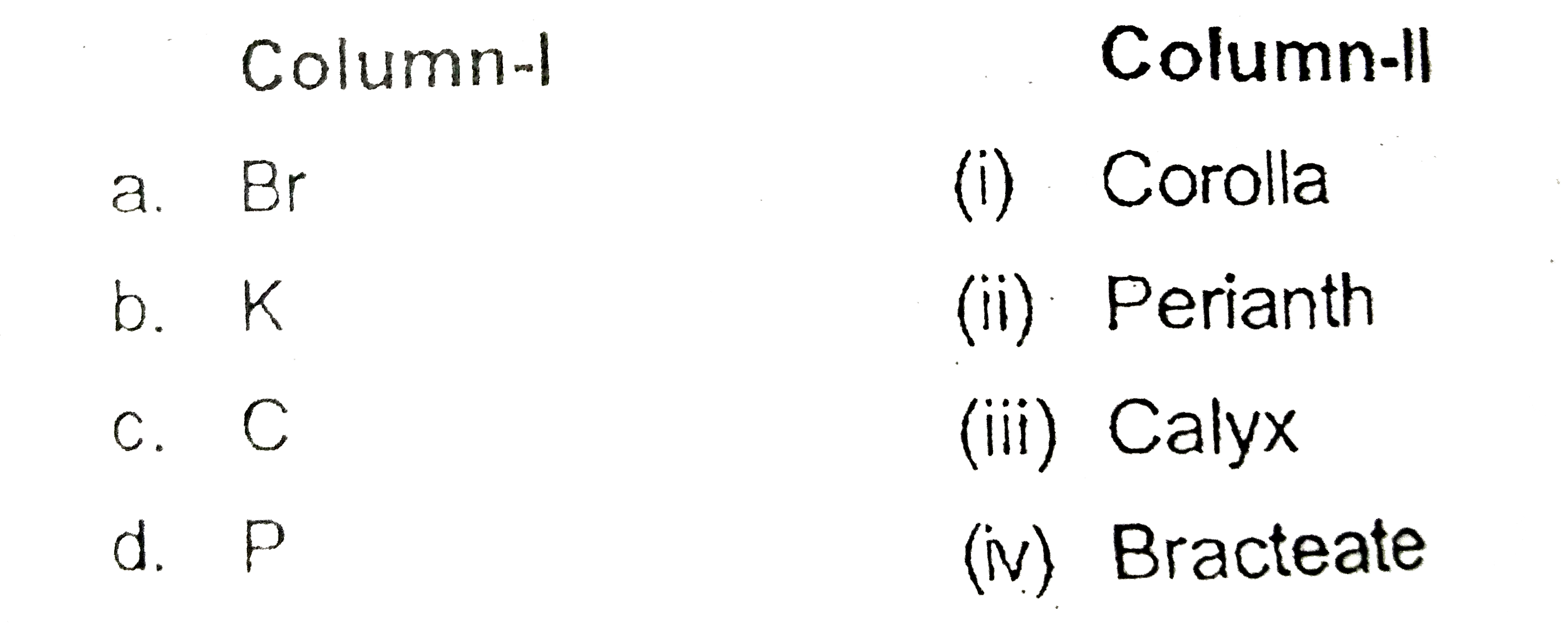 View Solution
View Solution
